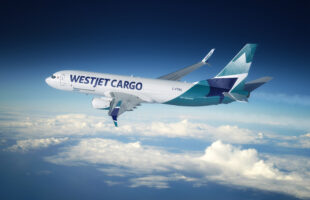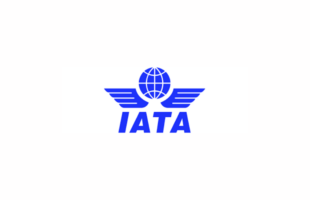Last month the company successfully completed first trial shipments with electronic freight documentation on the routes Sydney-Singapore-Sydney with Singapore Airlines and Sydney-Hong Kong-Sydney with Qantas.
IATA e-freight is a global project designed to eliminate the need for up to 38 paper documents that accompany air freight shipments. “This is the beginning of a new era in air freight,” said Ron Koehler, chief executive of Schenker Australia. “This new, very efficient program, not only improves the data quality and saves costs, it also cuts down on paper. In the past, we have seen delays in shipments arriving at the airport with missing documentation. E-freight will help us minimise these problems.”
The International Air Transport Association (IATA) has launched a number of e-freight pilots in key markets. The ‘e-freight’ project was initiated in 2004 and is aimed at simplifying the freight process. E-freight’s full industry implementation is aimed for 2010, when scanned e-documents will be supported as an interim solution until international digital standards are available at all locations. E-freight is available in nine regions now.
The E-freight initiative has also gone live in Australia and New Zealand with the Customs Brokers and Freight Forwarders Federation (CBAFF) welcoming the development of IATA e-freight in New Zealand.
The New Zealand e-freight went ‘live’ on 14 October 2008 on two trade lanes: New Zealand-Singapore, and New Zealand-Hong Kong.
The move follows the successful implementation of e-freight in Canada, Germany, Hong Kong, Netherlands, Singapore, South Korea, Sweden, the United Kingdom and the US.
The target is to implement e-freight across the board internationally by 2010 and it is projected to save the industry an estimated US$1.2 billion annually. Combined, documents used annually by the industry could fill 39 Boeing 747 cargofreighters.







